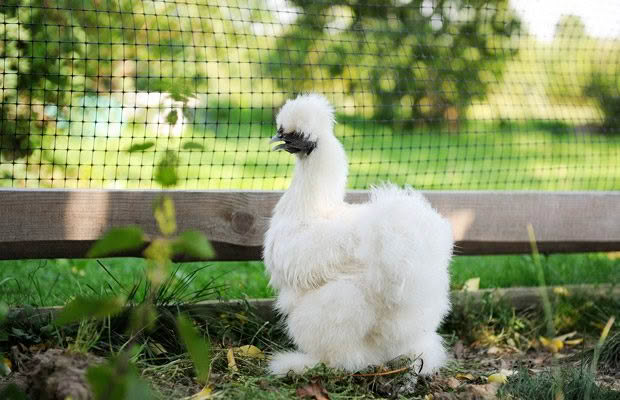Why heritage breed hens lay fewer eggs

A heritage hen’s productivity is most likely linked to the breeder.
Words: Sue Clarke & Nadene Hall
Heritage birds competing in shows must meet exacting standards, as outlined in the NZ Poultry Standards. These include:
■ type, the ideal general shape, and form;
■ carriage, the way it carries its head and body;
■ head, including shape, comb, feathers, crest, beak, eyes, wattles, ear lobes, neck, and hackles;
■ legs and feet, including scales, thighs, feathers, toes, and skin colour;
■ plumage, the feathers, and their distinctive markings or colouration patterns;
■ weight, for full-size or bantam breeds.
The standard may say a particular heritage breed is capable (or traditionally was capable) of producing, for example, 200 eggs in a laying season. But there are two main reasons why they may be poor producers, even if all other conditions are perfect.
The breeder is regularly mating closely related birds
Breeders of heritage birds often use line breeding (eg, mating a half-sister with a half-brother) and inbreeding (mating parent to offspring or brother to sister) to produce a selection of perfect-looking birds that meet the poultry standards.
Over time, this type of breeding can lead to inbreeding depression. Important reproductive traits, such as fertility and egg hatchability, gradually decrease with every inbred generation.
The breeder isn’t choosing to mate the most productive birds
A breeder needs to select the highest egg-producing birds with the longest laying season, ideal egg shape, and shell colour if they want to produce generation after generation of good layers. But if they’re concentrating on breeding for other characteristics, such as feather colour, they often choose to breed hens with these attributes over high production values.
This means the genetics for good laying gradually deteriorate over generations. A hen’s genetics may mean she lays abnormally shaped eggs, eg too round, too long and thin. Her daughter is more likely to do the same, unless her father’s genetics trump it, eg he’s from a line of hens that lay perfectly-shaped eggs. Then, their daughter may lay eggs that are marginally better quality than her mother’s.
If you want to improve the egg production of your hens, you need to mate your best-producing hen/s with good quality, fertile roosters whose mothers, grandmothers, great grandmothers etc are/were also good layers. Ideally, these birds will have a range of genetics, so you avoid line and inbreeding.
MORE HERE
A guide to pedigree, purebred, heritage and hybrid chicken breeds
Love this story? Subscribe now!
 This article first appeared in NZ Lifestyle Block Magazine.
This article first appeared in NZ Lifestyle Block Magazine.
